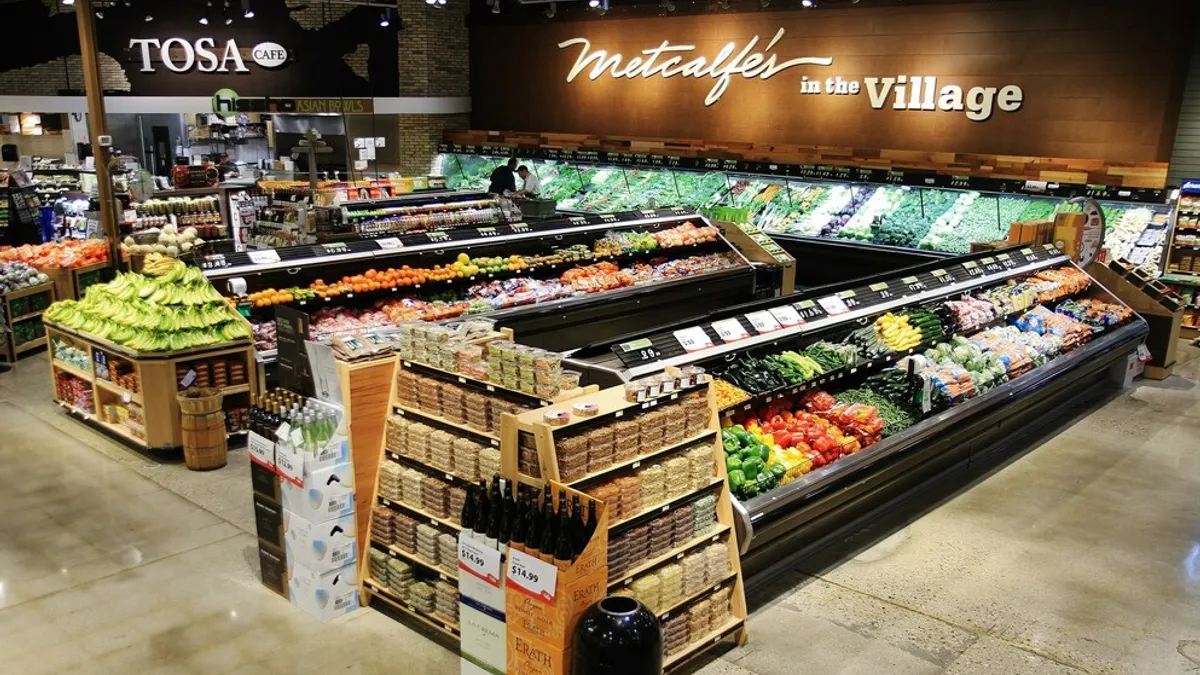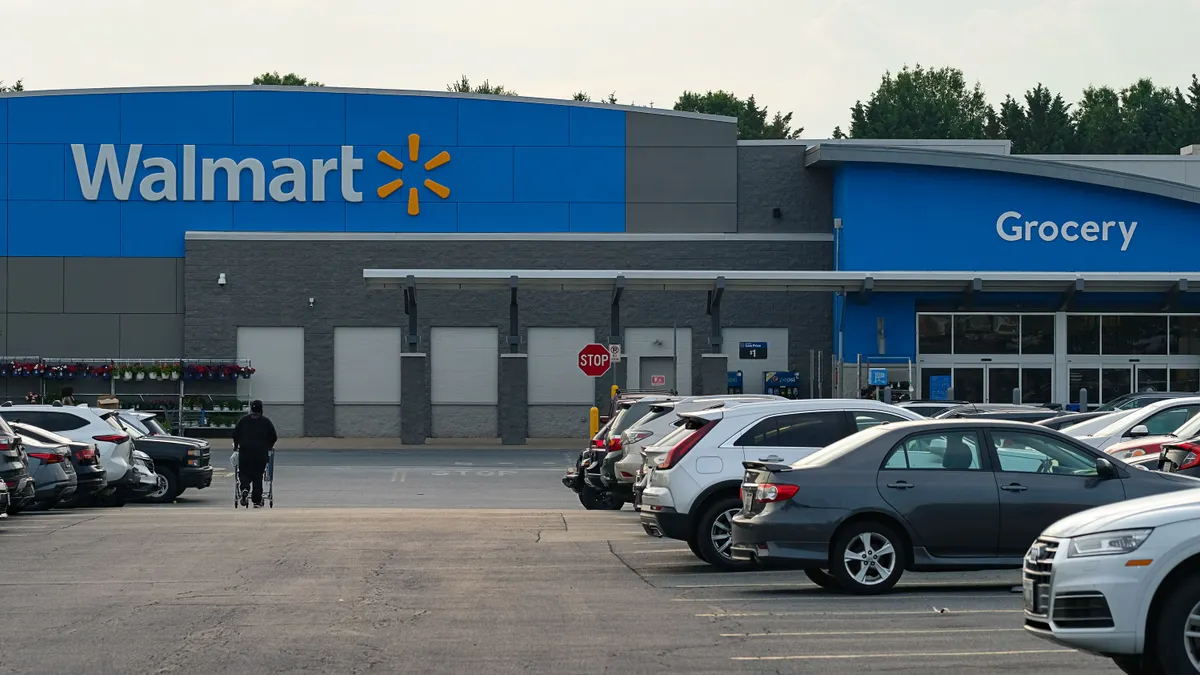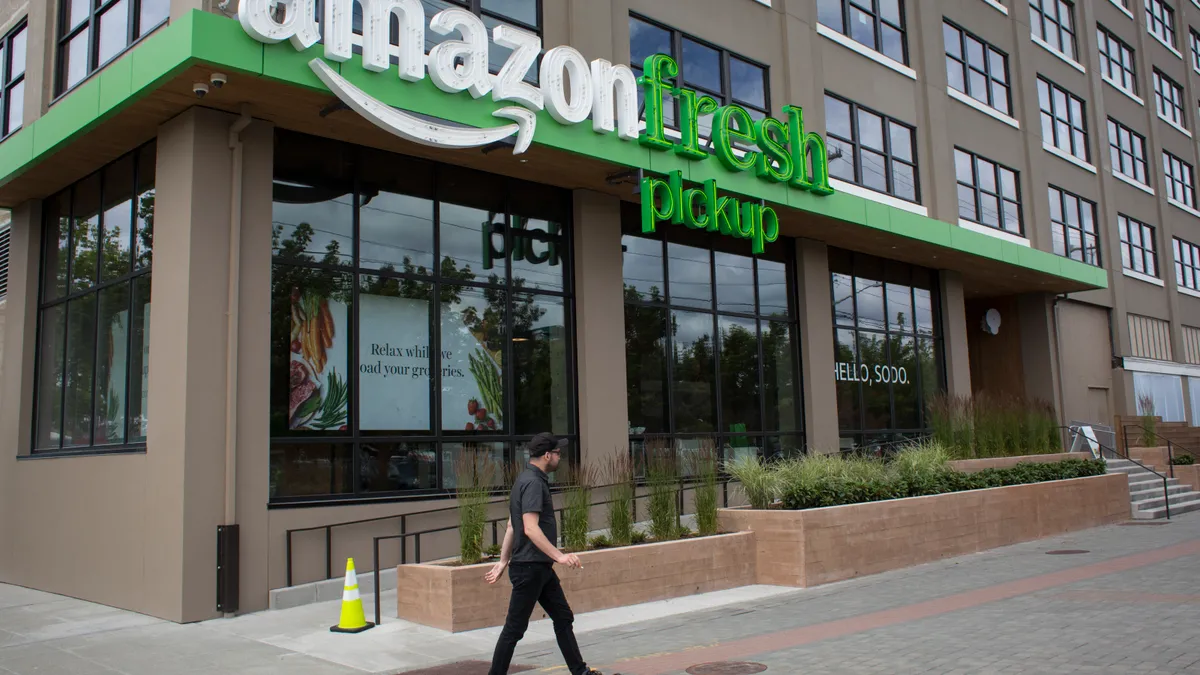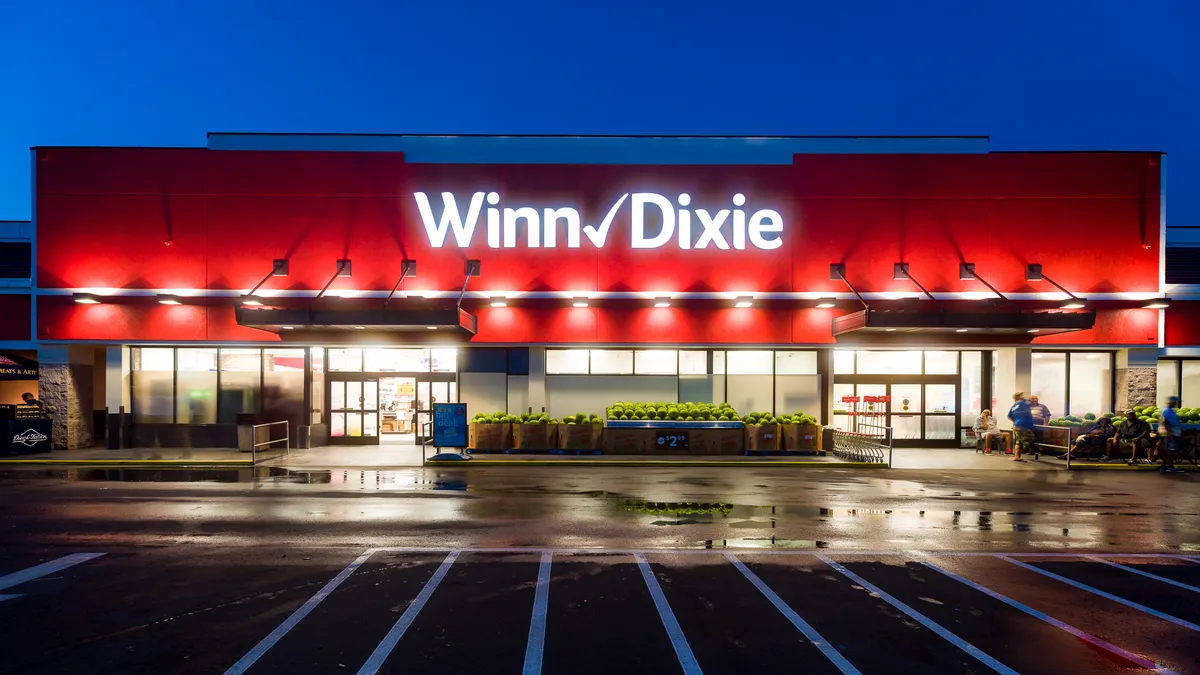On Feb. 27, First Lady Michelle Obama joined Secretary of Health and Human Services Kathleen Sebelius and FDA Commissioner Margaret Hamburg at the White House to announce proposed revisions to the nutrition facts label. Representing the first redesign in 20 years, the new label highlights calories, added sugars, and realistic serving sizes in an effort to make better food choices more transparent and avert obesity and diabetes.
The key question is: Will the label achieve that goal? Some experts are optimistic about the outcome, predicting healthier food choices for shoppers, while others remain skeptical about the label’s promise for real change. Either way, each outlook contains its own unique set of consequences, for both the food industry and the American consumer.
The Optimists
Dr. David A. Kessler, the FDA commissioner during the original push for labels in the ‘90s, calls the redesign a "critically important" progress for public health. It’s not just a matter of the information the consumers get from the label, but how it represents the product: "No company wants their product to look bad on the food label," he says.
In the same vein, Susan B. Roberts, director of the Energy Metabolism Laboratory at the USDA Human Nutrition Research Center on Aging at Tufts University and founder of the iDiet weight loss program, hopes that, “food manufacturers might introduce better choices” to the consumer that contain more nutrition and less sugar.
There’s history behind this kind of labeling reconstruction, according to Marion Nestle, a professor of nutrition, food studies, and public health at New York University. She attributes the near-disappearance of trans fat in food to the government mandate for such categories to be listed on food labels. Assuming the same will hold true for sugar, she says that “this will be a big push for the industry to keep added sugars as low as possible.”
Darren Seifer, a food-and-beverage analyst at research entity NPD Group, is a bit more cautiously optimistic, observing that individuals tend to eat all the content of frozen packaged meals, even when they are marked as providing multiple servings. He suggested that the mandate have the serving size match what real Americans eat, which "might help consumers understand" just how many calories they are consuming when they eat that frozen meal.
The Skeptics
Bruce Silverglad, a principal at Olsson Frank Weeda Terman Matz, which advises food companies in Washington, says that “what FDA is doing is essentially proposing a new model of an old dinosaur,” with its decision to stick with the back of the package label placement. Marion Nestle vies that the larger font for calories will make it impossible for people to ignore the numbers because, “even if someone just glances at the package, they’ll probably see them.” However, the fact remains that shoppers will have to pick up the products to see the label on the back. In contrast, the food industry’s “Facts Up Front" label can be seen even while the products are still on the shelf.
Even if shoppers do notice labels, it’s unclear if they are completely deterred from buying products containing less-than-optimal nutrition. As Christopher Waldrop, director of the Consumer Federation of America's Food Policy Institute observes, it is "hard to parse the impact of the nutrition facts label."
Alice Lichtenstein, a professor of nutrition science and policy at Tufts University, agrees: “The evidence is thin and highly variable," she says. Even Susan Roberts, who hails the new food label as “a positive thing,” admits that there is no conclusive proof that food labels influence consumer behavior.
Industry analyst Robert Dickerson of Consumer Edge Research suspects that rather than changing their food formulas, manufacturers will simply reduce the package size to correspond to a serving that gives them preferable numbers, like the 100 calorie-per-serving size many strive for. Instead of receiving one ounce of chips in a bag or 12 ounces of soda in a can, customers will get .75 ounces of chips and eight ounces of soda for the same price, effectively paying a higher price per ounce.
Ronald Bazar, author of “Your Perfect Diet” concurs with that view, saying, “no doubt the effect could be smaller sizes and the same price.” As a result of the labeling, people would essentially have industry enforced portion control just to get the numbers to look better on the label.
The Cost
While good health may be priceless, the industry has to work with price tags to assess the costs and benefits of the new nutrition labels. The FDA estimates that the cost of adopting the new labels will be will be about $2 billion for the food industry, but it estimates the benefit to consumers to be far greater: between $20 billion and $30 billion.
If this prediction proves true, the new labels certainly seem to be worth the cost. But their influence will probably take years to come to light, given that the industry will not have to comply with the new regulations for at least three years. For now, the food industry—and the many political and social health players invested in the cause—will have to perform that most aggravating of political moves: wait, and see.
Would you like to see more food news like this in your inbox on a daily basis? Subscribe to our Food Dive email newsletter! You may also want to read Food Dive's look at how the beverage industry can stay in schools with new guidelines.













